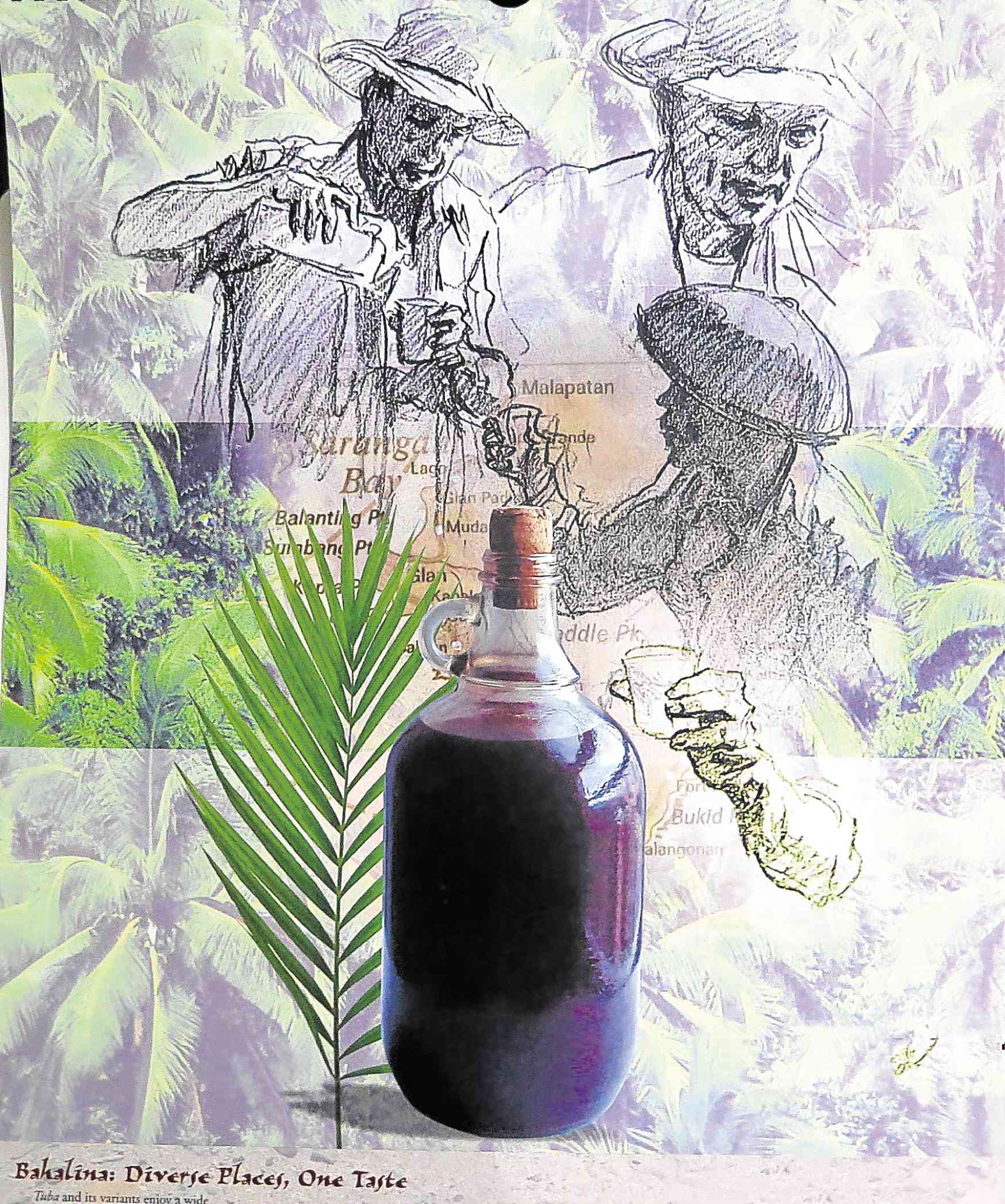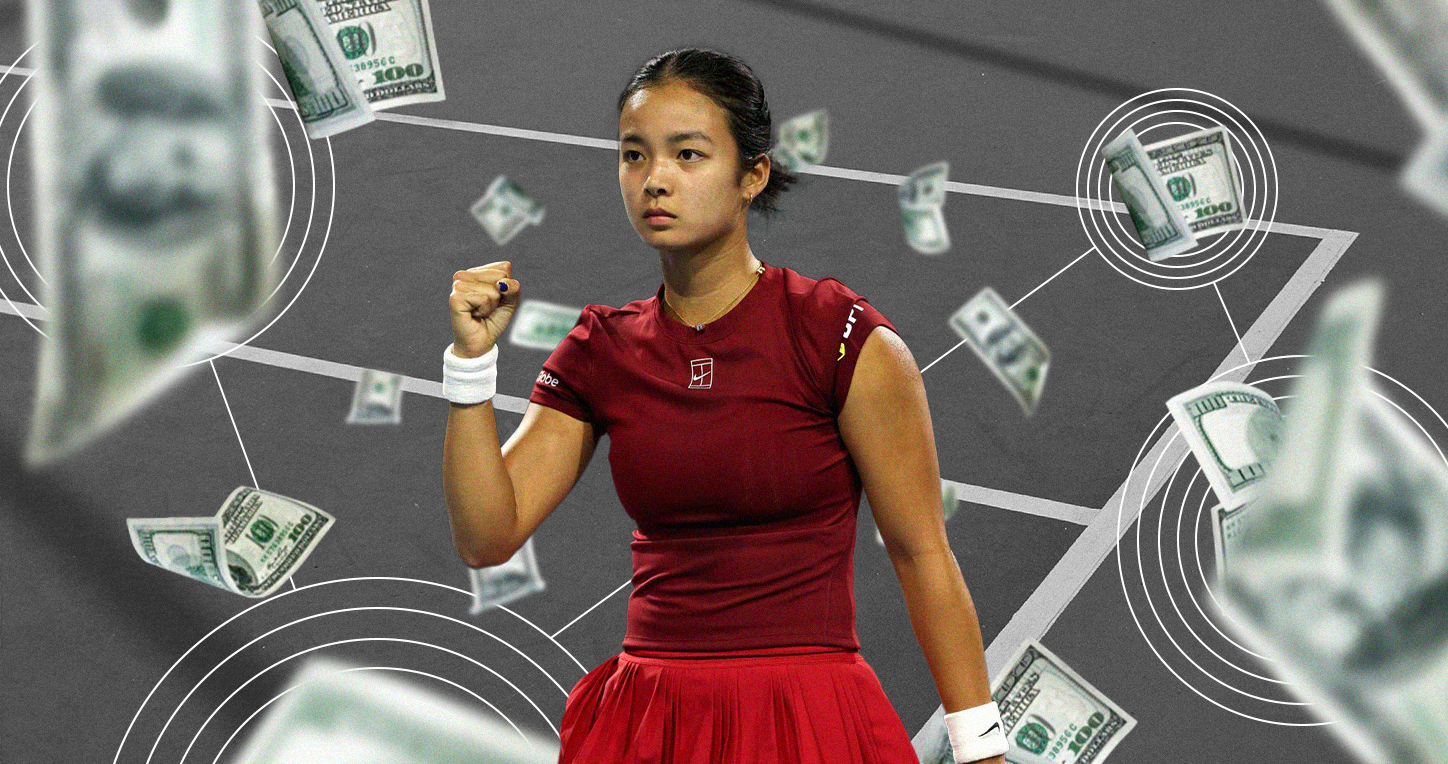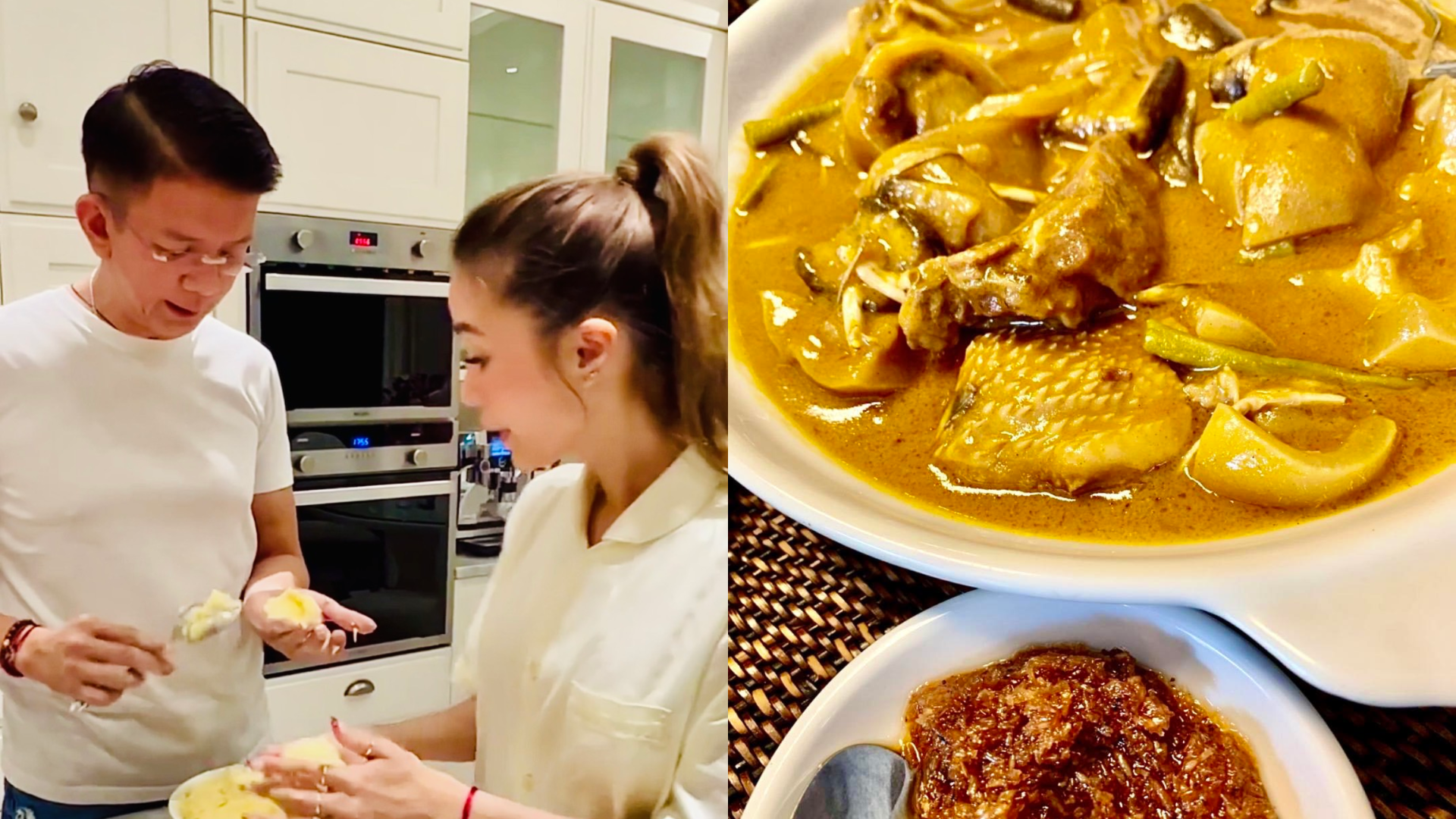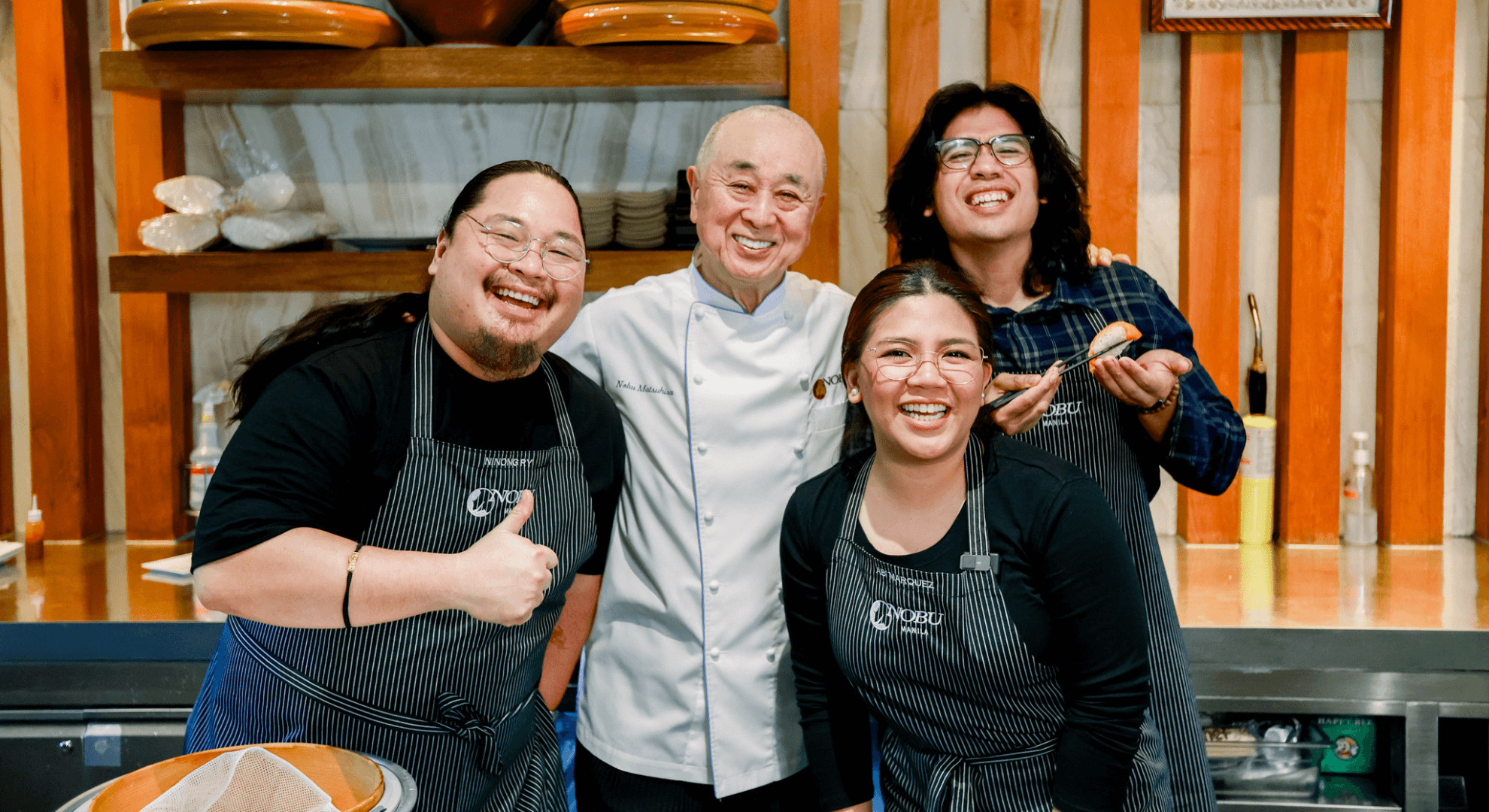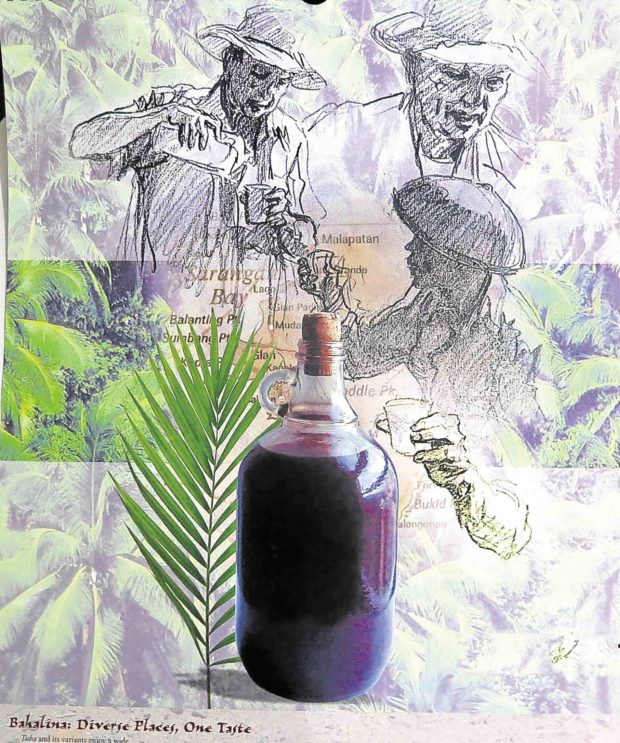
We were in Leyte recently for a sad occasion, but it turned out to be happy as well, an unexpected reunion of family and friends.
At one lunch hosted by a cousin, the men predictably sat around to partake of tuba (coconut wine) and sumsuman (food served during drinking) and swap stories that an aunt, now departed, used to tell—the same ones year after year.
The tuba, also from a cousin, had the drinkers acknowledging as very good. It was sourced from the family hometown— the coconut from a place regarded as the best environment for it. The French would describe that as terroir.
Somehow, the past months always involved drinks, both theoretical and actual tasting.
An event called Whisky Live Manila was held at Shangri-La at The Fort with master classes and games even. We stayed close to our host, the Johnnie Walker group, trying to imbibe all the information and sample drinks.
White Walker
Johnnie Walker calls its whisky in a frosty bottle the White Walker (after the humanoids of the HBO series “Game of Thrones”). If one were to freeze the bottle, the message “Winter is Here” can be seen on one side. Great holiday gimmick.
Right after the whisky event was my talk on Filipino alcoholic drinks at the Muskkat Museum of Unilab, on the invitation of its director, Cora Alvina.
My main source was Edilberto Alegre’s book “Inumang Pinoy” (Anvil Publishing, 1992), an extensive research on the drinks, the culture of drinking and the eats (pulutan in Tagalog) during drinking sessions.
To get to an earlier account of our drinks, there was Antonio Pigafetta, chronicler of Ferdinand Magellan’s voyage. He described how tuba is made during a stay in Zzubu (Cebu).
But what I found most interesting was how our ancestors in Limasawa, Southern Leyte, toasted: “They raise their hands to the heaven first, then take the drinking vessel in their right hand and extend the fist of their left hand toward the company.”
Someone in the audience remarked, “Duterte” and the giggle that followed was a sign that everyone understood.

Modern liqueurs
The laughter could have been louder if we had already started with the drinks generously offered by Olive Limpe Aw of Destileria Limtuaco for the event, the modern liqueurs of Calamansi, Dalandan and Mango, and the traditional rum and basi.
The Boxer Codex, the 16th-century exploration account of East and Southeast Asia and the Pacific (republished by Vibal in 2010), noted how our ancestors loved to drink. It recorded how, in Aparri, Cagayan, all their feasts were marked with drunken binges and, if they won a war, they celebrated with drinking that lasted two or three days.
That attitude toward drinking as form of celebration may be because of the ancient belief, reported in The Boxer Codex —“that heaven is a life of idleness, feasts and luxury, alongside their ancestors who are eating sumptuously and drinking continuously.”
Another Filipino drink resource was the 2004 calendar of Tanduay with its theme tagay, which means “toast” but means much more in our drinking culture. Each month gave a discussion of the traditional drinks— laksoy and lambanog, tuba, basi, tapuy.
Beyond the drinks are the customs such as the tagay of Quezon province where everyone drinks from one container, and the importance of the tanggero, or the one who conducts the session.
Then there is the pulutan or sumsuman, food served during the drinking that, according to Ed Alegre, offers the uncooked (green mango, singkamas, kilawin), the preserved (peanuts, Chinese tapa, European sausages) the grilled, broiled, fried.”
But it really can be anything, including soup and things we normally don’t take or talk about (aw aw), what looks like a one-eyed creature from outer space called tamilok, python or sawa.
We would be remiss if we didn’t include songs for drinking.
And to think my talk didn’t even include drinks introduced by our colonizers—beer, rum and gin—now considered our own as well.
E-mail pinoyfood04@yahoo.com

